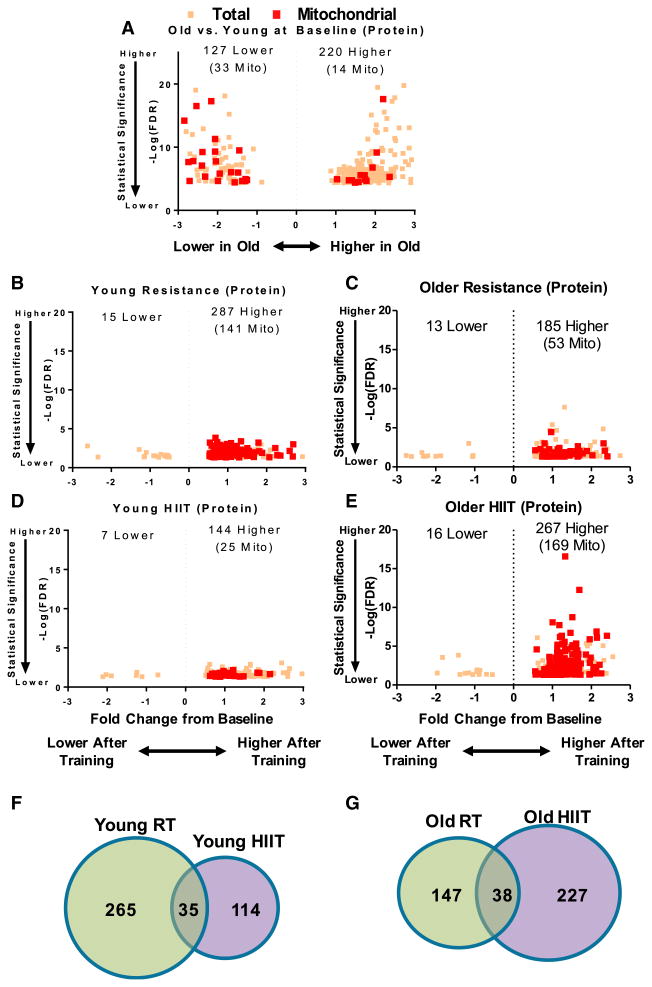Figure 5. Muscle Protein Abundance with Age and Changes with Exercise Training.
(A–E) Baseline differences in muscle protein abundance between young and older adults revealed decreased expression of 33 mitochondrial proteins (A). MaxQuant software configured to process label-free data was used to detect differentially expressed proteins with an adjusted p value of ≤0.05 and an absolute fold change of ≥0.5 following resistance training in the young (B) or older (C) or high-intensity interval training (HIIT) in the young (D) or older (E). MitoCarta database was used to highlight mitochondrial proteins. Fold change in skeletal muscle protein expression following 12 weeks of resistance (RT) or high-intensity aerobic interval training (HIIT) in young and older adults (B–E). Mitochondrial protein abundance increased in both RT and HIIT modalities with pronounced gains following HIIT in older adults.
(F and G) Overlap of proteins that increased abundance with RT and HIIT in younger (F) and older (G) subjects, respectively.

